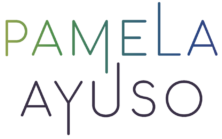El momento de invertir en tu educación y desarrollo es ahora. Si tienes un curso que has querido tomar o una conferencia a la que desees asistir, no esperes más. Tú eres tu activo más valioso y es importante que inviertas en ti mismo. Después de todo, tú y tu crecimiento son todo lo que puedes controlar. Hasta tus proyectos profesionales son vulnerables a un grado de incertidumbre. Frecuentemente no invertimos los recursos porque el...
Lee másLO QUE ESTOY ESCRIBIENDO
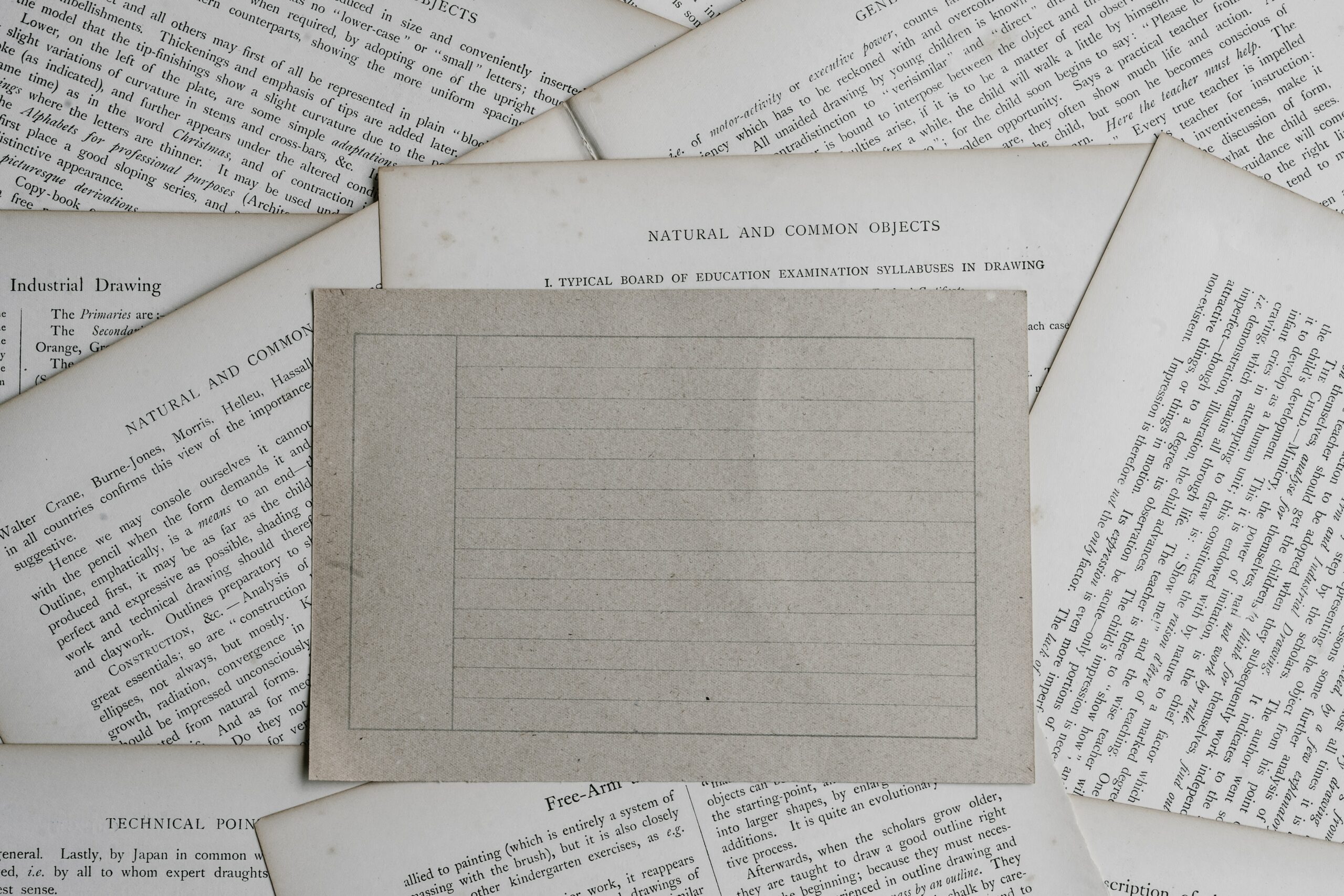
Dominar la autoexpresión: por qué escribir me ha ayudado a crecer
Cuando comencé, tenía algo que quería compartir y no me podía quitar las ganas de escribir. Y así, aunque de mala gana al principio, comencé a escribir sobre lo que mejor conocía: mi trabajo.

Tu estructura corporativa y cómo puede afectar tu éxito
La estructura de una compañía a menudo no se ve, pero es el esqueleto que mantiene todo unido y le da forma a la compañía.

Mejora tus rutinas diarias y mejora en todo lo que haces
Aprender a hacer algo una sola vez es solo la mitad de la historia: lo verdaderamente valioso está en mejorar estas habilidades todos los días.

Pautas potentes: recuerda por qué haces lo que haces
Inesperadamente, llegarán ciertos momentos en los que recordarás, y entonces, mira la grandeza de tu visión.

Organiza una agenda apretada: por qué necesitas adelantarte para seguir progresando
Encuentra la alegría en la intensidad y fluye con tu trabajo. Descubrirás que lo que haces será mucho más placentero.

Cómo salir de tu zona de confort a través de la exploración
El punto es salir de tu zona de confort y encontrar algo nuevo constantemente. Quién sabe, quizá encuentres una nueva carrera o un nuevo mejor amigo. Claro, explorar requiere tiempo y esfuerzo, pero las recompensas pueden cambiarte la vida.

Tu desarrollo personal: cómo lograr que el 2023 sea tu mejor año
Cada año que pasa es una oportunidad para ver hacia atrás, reflexionar sobre el año anterior y empezar con ideas y una dirección nueva. Tómate el tiempo para mirar hacia el 2022. Y luego, pasemos la página y comencemos el 2023, ¡con el objetivo de que este año sea tu mejor año hasta ahora!

Reflexión personal: Lecciones que me enseñó el 2022 que atesoraré
Aún me queda mucho trabajo por hacer, porque somos cebollas con muchas capas diferentes, y estoy impaciente por ver que otros tesoros voy a encontrar a medida que siga creciendo y evolucionando.

El primer paso para crear rutinas para el crecimiento personal: parte 2
Si el cambio es permanente, invierte el tiempo para cambiar tu rutina de nuevo. Puede tomarte trabajo e incluso no ser muy agradable, pero recuerda que el tiempo que dediques ahora en crear una rutina excelente será el ingrediente secreto de tu éxito.

El primer paso para crear rutinas para el crecimiento personal: parte 1
Las rutinas son la forma en que hacemos todo lo que queremos lograr a diario. Es dentro de estas rutinas que integramos las acciones que necesitamos hacer para conseguir lo que queremos. Para construir rutinas sólidas debemos saber cómo funcionan y así crear los hábitos que necesitamos para ser constantes y crecer con el tiempo.

Una visión clara para implementar tu proyecto
Cuando vemos la realidad de las cosas, podemos tomar mejores decisiones. Cuanto más podamos ver desde todos los ángulos, incluso lo que no nos gusta, más detalles podremos considerar, y esto nos ayudará a tomar decisiones que abarquen más y, por lo tanto, produzcan mejores resultados.
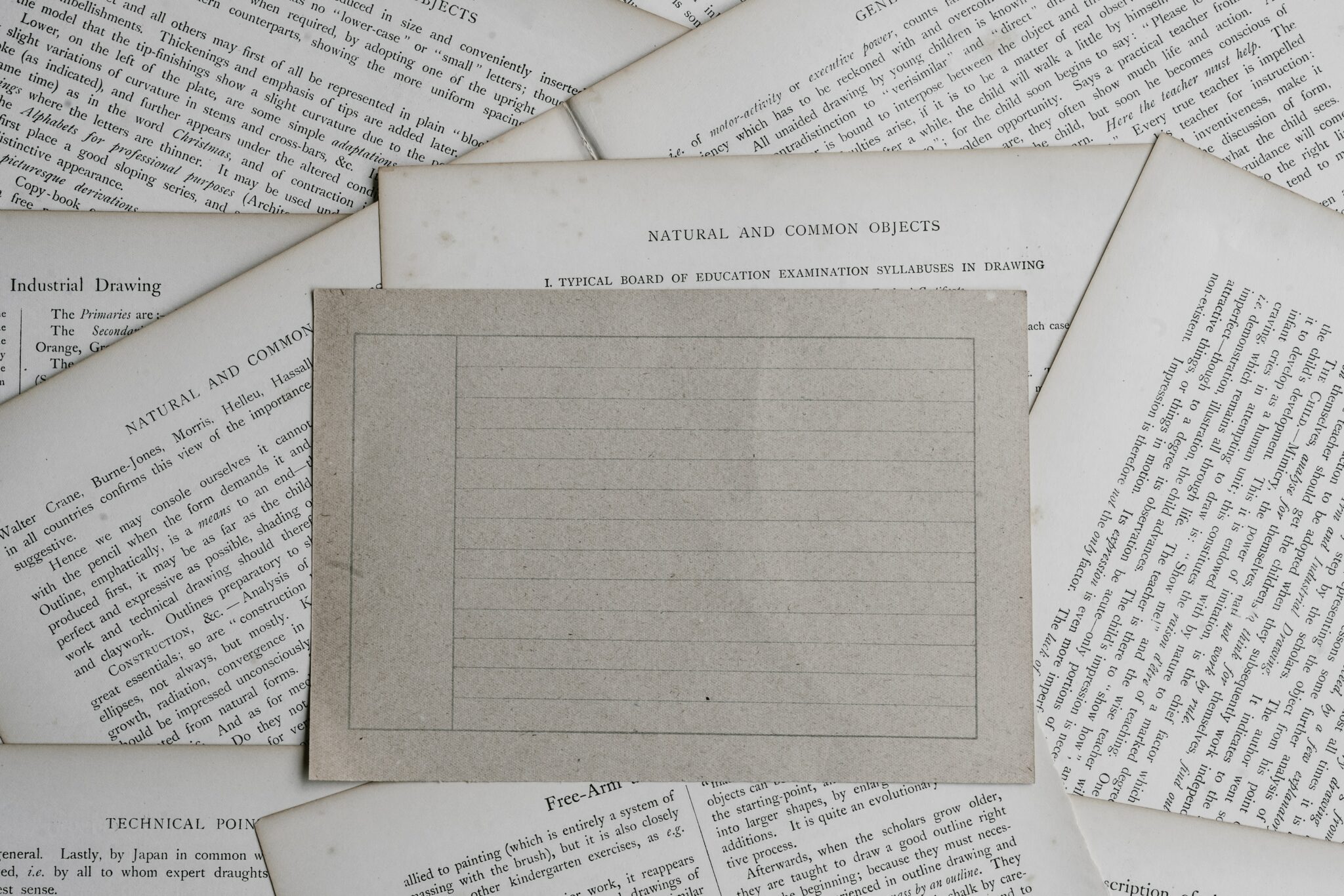
Dominar la autoexpresión: por qué escribir me ha ayudado a crecer
Cuando comencé, tenía algo que quería compartir y no me podía quitar las ganas de escribir. Y así, aunque de mala gana al principio, comencé a escribir sobre lo que mejor conocía: mi trabajo.

Tu estructura corporativa y cómo puede afectar tu éxito
La estructura de una compañía a menudo no se ve, pero es el esqueleto que mantiene todo unido y le da forma a la compañía.

Mejora tus rutinas diarias y mejora en todo lo que haces
Aprender a hacer algo una sola vez es solo la mitad de la historia: lo verdaderamente valioso está en mejorar estas habilidades todos los días.

Pautas potentes: recuerda por qué haces lo que haces
Inesperadamente, llegarán ciertos momentos en los que recordarás, y entonces, mira la grandeza de tu visión.

Organiza una agenda apretada: por qué necesitas adelantarte para seguir progresando
Encuentra la alegría en la intensidad y fluye con tu trabajo. Descubrirás que lo que haces será mucho más placentero.

Cómo salir de tu zona de confort a través de la exploración
El punto es salir de tu zona de confort y encontrar algo nuevo constantemente. Quién sabe, quizá encuentres una nueva carrera o un nuevo mejor amigo. Claro, explorar requiere tiempo y esfuerzo, pero las recompensas pueden cambiarte la vida.

Tu desarrollo personal: cómo lograr que el 2023 sea tu mejor año
Cada año que pasa es una oportunidad para ver hacia atrás, reflexionar sobre el año anterior y empezar con ideas y una dirección nueva. Tómate el tiempo para mirar hacia el 2022. Y luego, pasemos la página y comencemos el 2023, ¡con el objetivo de que este año sea tu mejor año hasta ahora!

Reflexión personal: Lecciones que me enseñó el 2022 que atesoraré
Aún me queda mucho trabajo por hacer, porque somos cebollas con muchas capas diferentes, y estoy impaciente por ver que otros tesoros voy a encontrar a medida que siga creciendo y evolucionando.

El primer paso para crear rutinas para el crecimiento personal: parte 2
Si el cambio es permanente, invierte el tiempo para cambiar tu rutina de nuevo. Puede tomarte trabajo e incluso no ser muy agradable, pero recuerda que el tiempo que dediques ahora en crear una rutina excelente será el ingrediente secreto de tu éxito.
Explora
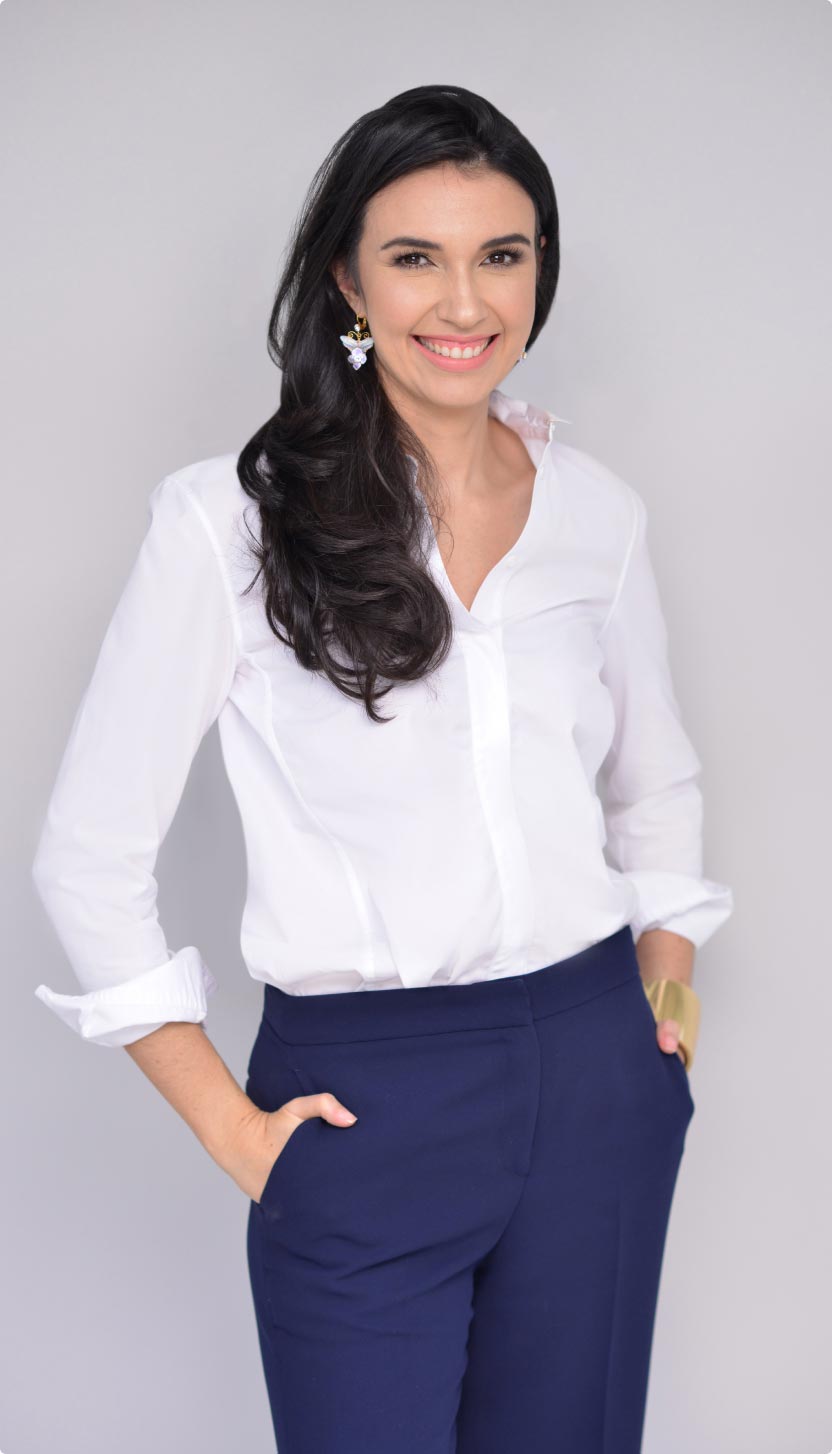
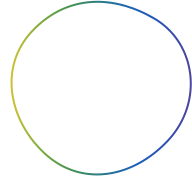
Pamela Ayuso es una autora y cofundadora y CEO de Celaque. Es una emprendedora y desarrolladora de bienes inmuebles que tiene experiencia en liderazgo ejecutivo en dos de las desarrolladoras inmobiliarias más exitosas de Honduras: administrando operaciones en Alianza y liderando Celaque. Celaque desarrolla edificios de oficinas y residenciales y administra una amplia cartera de propiedades. El enfoque de Pamela es convertir a Celaque en un modelo para la empresa del siglo XXI.
Además de su papel como CEO en Celaque, Pamela es una escritora que comparte conocimientos prácticos sobre el crecimiento personal y empresarial para otros emprendedores y líderes empresariales en su blog y LinkedIn. Publicó su primer libro para niños en 2019, Alicia y Cone pintan un mural.
MEJORA COMO MANEJAS TU TIEMPO
Únete a nuestra lista de correos y recibe nuestro ebook gratis Administración de tiempo para dueños de empresas ocupados.
Pamela Ayuso usará la información de este formulario para mantenerse en contacto contigo y enviarte actualizaciones. Puedes optar por salirte en cualquier momento al dar clic en el enlace de cancelar suscripción que se encuentra al pie de página de cualquier correo electrónico que recibas de nosotros, o al contactarnos por medio de pamela@pamelaayuso.com. Tu información será tratada con respeto. Utilizamos cookies y tecnologías similares para manejar este sitio web y para entender mejor cómo lo utilizas. Para más información, lee nuestra Política de privacidad.


SOBRE LA AUTORA
Pamela Ayuso es una autora y cofundadora y CEO de Celaque. Es una emprendedora y desarrolladora de bienes inmuebles que tiene experiencia en liderazgo ejecutivo en dos de las desarrolladoras inmobiliarias más exitosas de Honduras: administrando operaciones en Alianza y liderando Celaque. Celaque desarrolla edificios de oficinas y residenciales y administra una amplia cartera de propiedades. El enfoque de Pamela es convertir a Celaque en un modelo para la empresa del siglo XXI.
Además de su papel como CEO en Celaque, Pamela es una escritora que comparte conocimientos prácticos sobre el crecimiento personal y empresarial para otros emprendedores y líderes empresariales en su blog y LinkedIn. Publicó su primer libro para niños en 2019, Alicia y Cone pintan un mural.


SOBRE LA AUTORA
Pamela Ayuso es una autora y cofundadora y CEO de Celaque. Es una emprendedora y desarrolladora de bienes inmuebles que tiene experiencia en liderazgo ejecutivo en dos de las desarrolladoras inmobiliarias más exitosas de Honduras: administrando operaciones en Alianza y liderando Celaque. Celaque desarrolla edificios de oficinas y residenciales y administra una amplia cartera de propiedades. El enfoque de Pamela es convertir a Celaque en un modelo para la empresa del siglo XXI.
Además de su papel como CEO en Celaque, Pamela es la autora del libro más vendido de Amazon, Heptagrama: El sistema de diseño empresarial de 7 pilares para el siglo XXI. Ofrece conocimientos prácticos sobre el desarrollo personal y empresarial para otros emprendedores y líderes empresariales, en su blog y LinkedIn. Su esposo y sus tres maravillosas hijas inspiraron la historia de su primer libro para niños, Alicia y Cone pintan un mural.
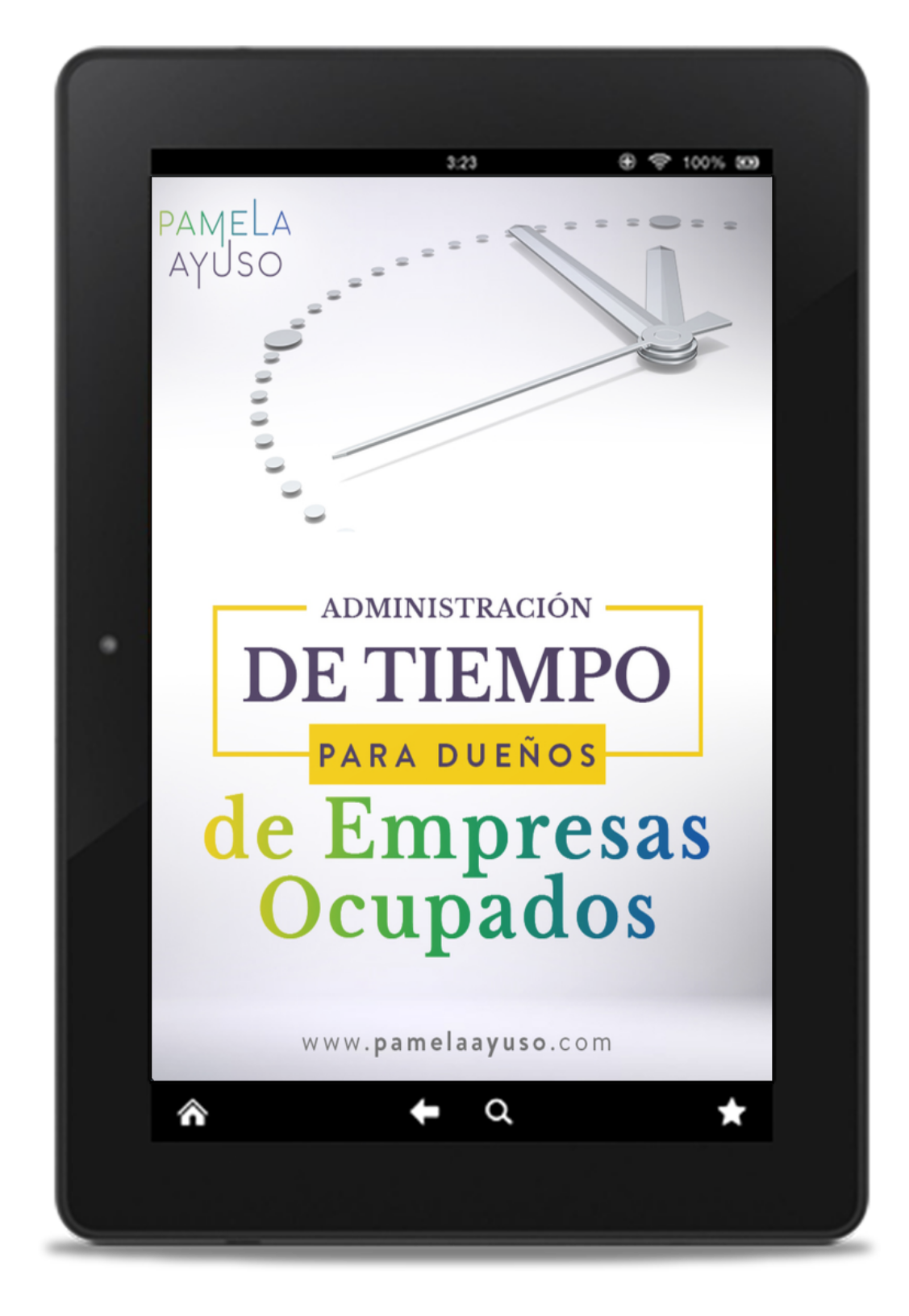
Pamela Ayuso usará la información de este formulario para mantenerse en contacto contigo y enviarte actualizaciones. Puedes optar por salirte en cualquier momento al dar clic en el enlace de cancelar suscripción que se encuentra al pie de página de cualquier correo electrónico que recibas de nosotros, o al contactarnos por medio de contact@pamelaayuso.com. Tu información será tratada con respeto. Utilizamos cookies y tecnologías similares para manejar este sitio web y para entender mejor cómo lo utilizas. Para más información, lee nuestra Política de privacidad.
¿Buscas algo más? Usa el buscador para encontrar más consejos prácticos de Pamela.
